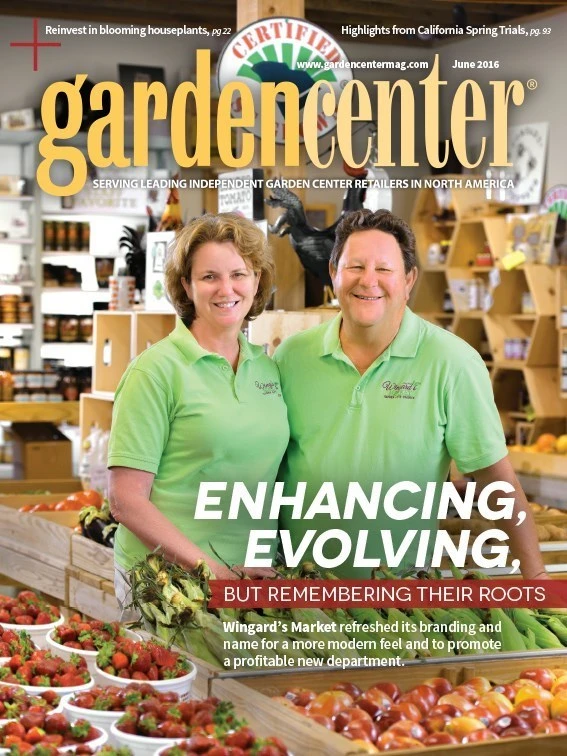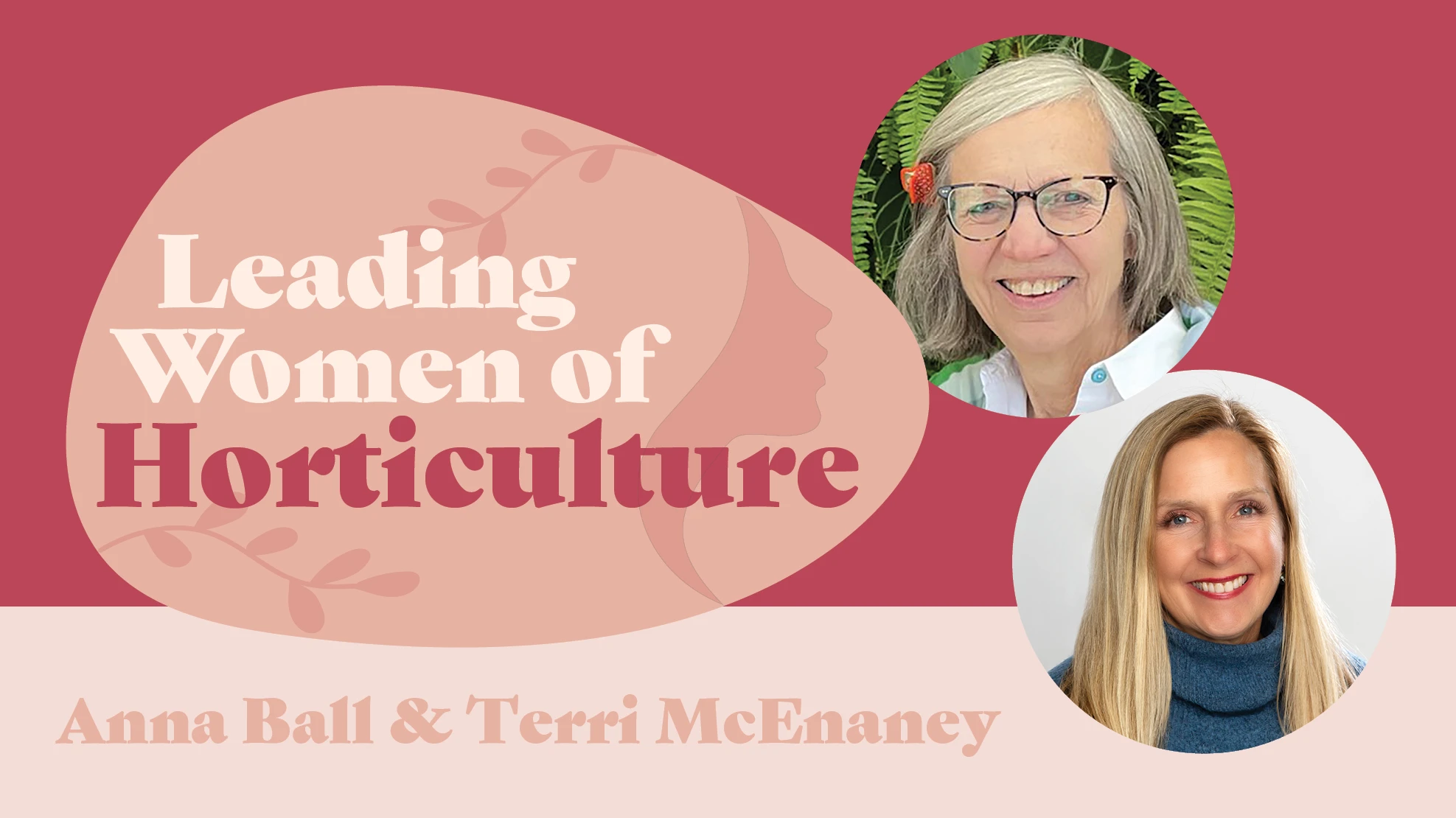
Recently, while walking through a newly redeveloped neighborhood in Cleveland, I saw a man shouting instructions up to someone above him on a large, yellow construction lift. He and other people were rubbing their chins and looking up at the side of a building front of them. Dubbed Hingetown, most of the businesses on the street reside in The Striebinger Block, a brick building with several storefronts that dates back to 1919 and has been lovingly restored. A spinning studio and bars serving everything from beer to cold-pressed juices to tea now occupy the spaces. Assuming they were repointing or doing restorative work, I didn’t turn around to see what they were looking at.
The next morning, (I frequent the area) I saw the building from a different point of view, and saw what the people were staring at. What once had been a brick wall had been transformed into a vertical garden and one of the most beautiful living walls I have ever seen in a public place. Felt pockets filled with soil cradle the plants, which include hardy sedum, grasses, lamb’s ear and creeping thyme, about a dozen varieties in all.
A handwritten sign taped near the garden explained the project in a bit more detail: “This project was funded by a grant from the Northeast Ohio Regional Sewer District, as we’ll use captured rainwater to irrigate the wall.” Also included was the date the community was invited to help plant the wall, no experience necessary.
I understand that living walls are not a new concept, and they can be found in public areas of more populated cities. I also realize that sometimes these gardens are poorly designed and can be problematic. But it was the first large installation I had seen in my city, and it changed the entire look of the once drab street corner.
Other than the sheer beauty of the project, which was installed over a weekend by about 20 volunteers, two things struck me. First, the wall served a very important purpose, and that was advertised and promoted. Collected rainwater will be used to irrigate the plants, runoff that would have otherwise swept up car waste and other pollutants and rushed right into the nearby and already troubled Lake Erie waters. It’s a wonderful reminder that plants serve a greater role beyond aesthetics. Second, and what I hope changes, is plant information with variety names and their sources was not posted. I found out later a local florist and wholesale nursery helped source the flora, but it took a call to discover this. Most passersby would not bother to investigate.
Is there a blank canvas in your town begging to be covered with plants? Can you partner with a local community development cooperation and apply for a grant to fill a mostly brick and asphalt city street with flowers? Not only will the garden help mitigate runoff, create verdant spaces in urban areas and beautify a neighborhood, but if your business is mentioned near the project, it could bring a few inspired customers through your door.

Explore the June 2016 Issue
Check out more from this issue and find your next story to read.
Latest from Garden Center
- Society of American Florists accepting entries for 2025 Marketer of the Year Contest
- Sustainabloom launches Wholesale Nickel Program to support floriculture sustainability
- American Horticultural Society welcomes five new board members
- Color Orchids acquires Floricultura Pacific, becoming largest orchid supplier in U.S.
- American Floral Endowment establishes Demaree Family Floriculture Advancement Fund
- The Growth Industry Episode 3: Across the Pond with Neville Stein
- Proven Winners offers Certified Garden Center Training for staff education
- Digging In Association hosts inaugural Platinum Trowel Awards at winter conference






